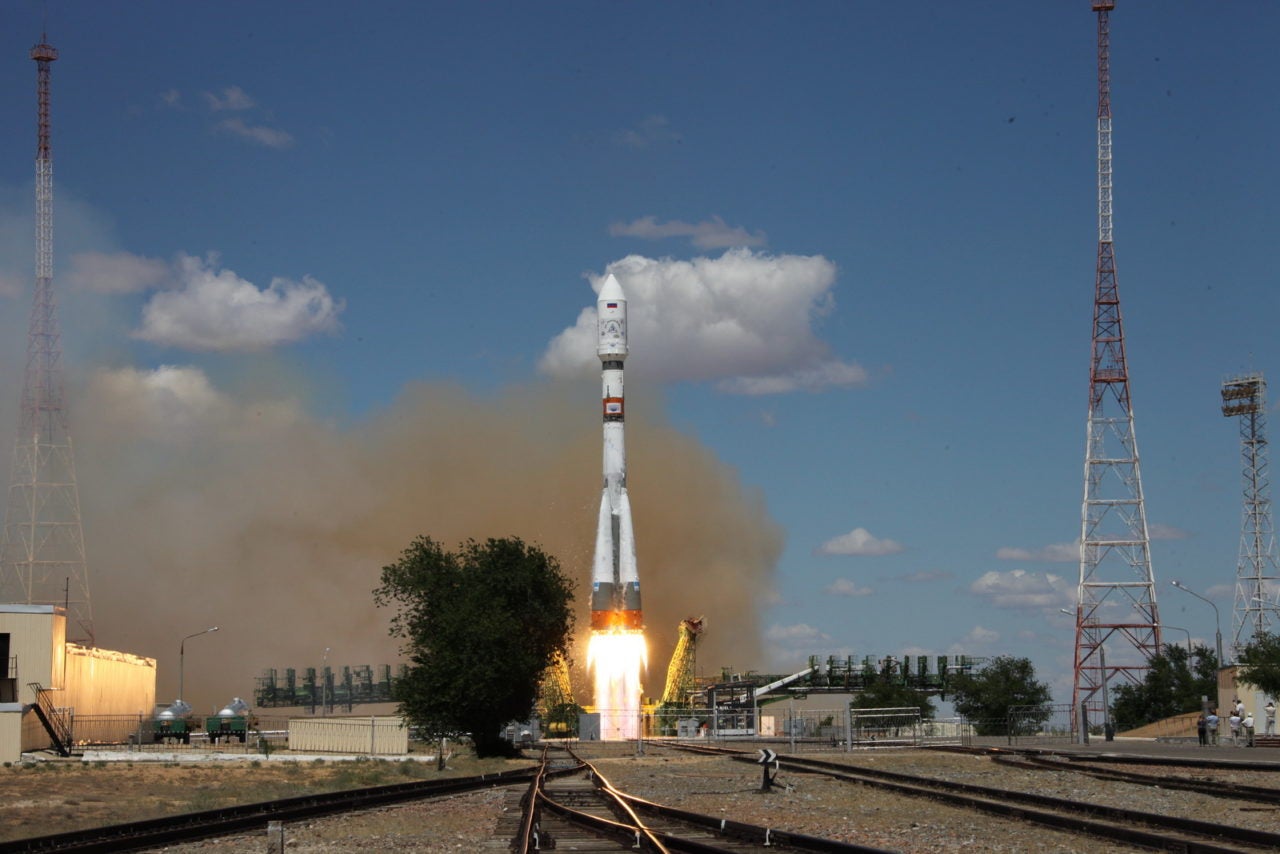Latest News

Soyuz 2.1a a moment after launch on July 14. Photo: Roscosmos.
The Space Flight Laboratory (SFL) announced the successful launch of two Norwegian microsatellites developed and built by SFL for the Norwegian Space Center with support from the Norwegian Coastal Authority, Space Norway, and the European Space Agency (ESA). The Soyuz 2.1a rocket carrying the two satellites launched from Baikonur on Friday, July 14, and also carried payloads for Planet, Astro Digital, Spire, and GeoOptics.
Shortly after launch both Norweigian satellites made contact with ground stations in Svalbard and Vardo, Norway. Both satellites are healthy based on initial telemetry, and commissioning is underway.
The first satellite, dubbed NORsat 1, carries an Automatic Identification System (AIS) receiver to acquire messages from maritime vessels, a set of Langmuir probes to study space plasma characteristics, and a Compact Lightweight Absolute Radiometer (CLARA) to measure total solar irradiation and variations over time. Kongsberg Seatex, the University of Oslo and the Physikalisch-Meterologisches Observatorium Davos World Radiation Center provided the payloads.
The second satellite, NORsat 2, also carries an AIS receiver, but in addition has a Very High Frequency Data Exchange (VDE) payload that will enable higher bandwidth two-way communication with ships. Kongsberg Seatex provided both payloads. According to SFL, NORsat 2 will be the first satellite to provide VDE services to Norway. Adding VDE enables increased messaging capacity, better reliability of message delivery, and increased range of ship-to-shore and ship-to-ship communication beyond direct line of sight, according to the company.
SFL used its NEMO platform for NORsat 2, and the satellite was integrated in Toronto along with NORsat 1. SFL developed the relatively large deployable Yagi antenna for the VDE payload in collaboration with the University of Toronto’s Electromagnetics Group.
Get the latest Via Satellite news!
Subscribe Now